ADVERTISEMENT
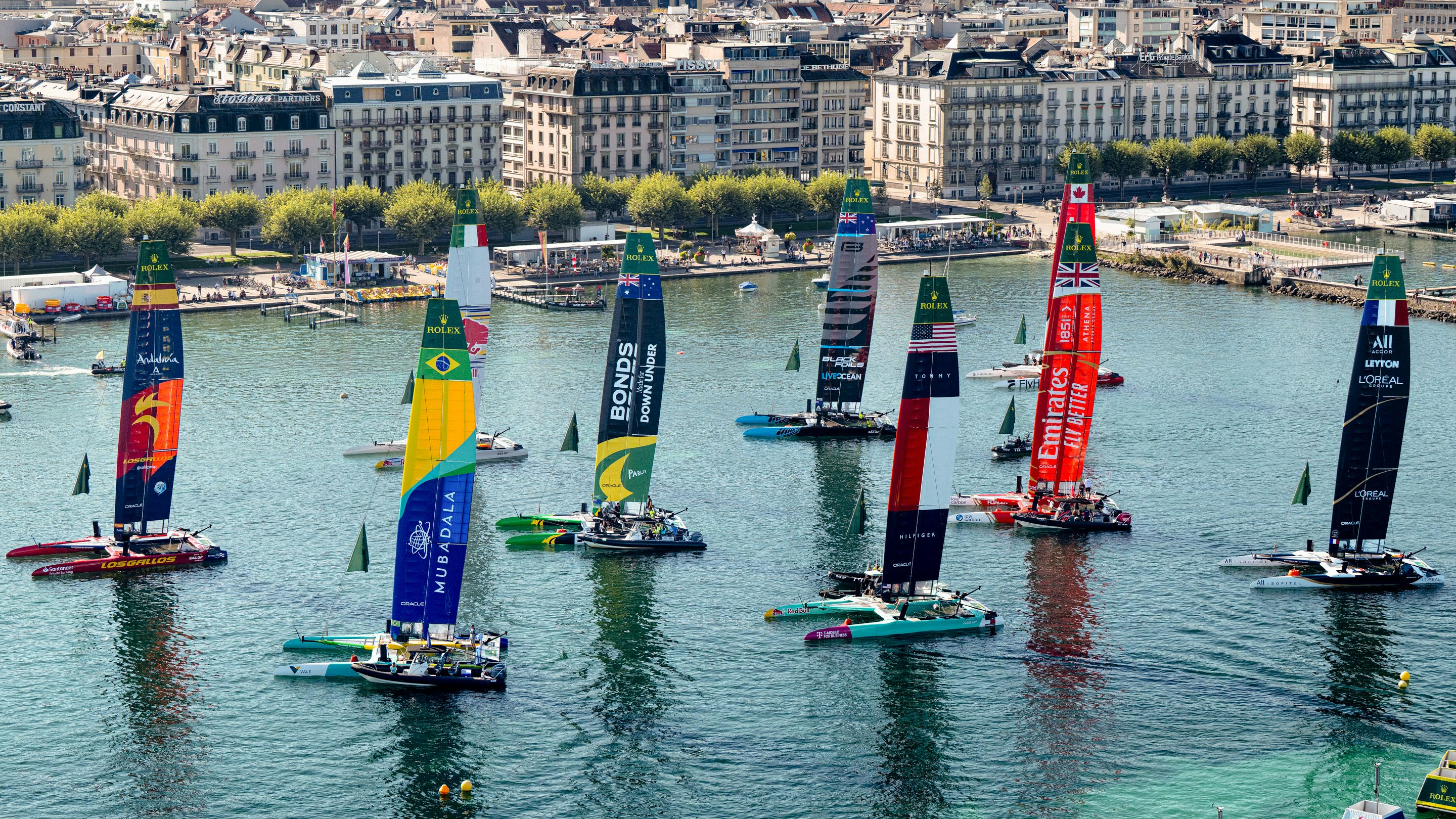
On a less-than-blustery recent afternoon in Geneva, twelve identical, state-of-the-art catamarans, each nearly 50 feet in length, jockey for position and search for wind gusts to lift their massive carbon-fiber hulls above the water's surface. When aloft and perched on the thin foils, these multi-million-dollar, wind-driven machines can hit speeds in excess of 100 kilometers per hour (60 mph). Even in the light conditions, they're reaching about half that pace, zipping across the surface of Lac Leman in a series of tacks and jibes seeking the most velocity and the fastest lines around the course.
More than 8,000 spectators take in the action and cheer on the crews in a purpose-built temporary stadium from the shore, amid loud music, data screens, and race commentary following the sailors' shifting positions in short, fast-moving race heats. Each boat represents a different country and a crew that includes at least one woman. As the trimmed sails grow taut with power, they highlight their individual sponsors' logos that help fund the $10 million budget that each team is limited to per season. Perched prominently at the top of the main sail on each and every boat is the Crown logo and brand name of Switzerland's biggest watch company.
Rolex Switzerland Sail Grand Prix in Geneva. Photo courtesy of SailGP
Welcome to the Rolex Switzerland Sail Grand Prix in Geneva, a major sporting event for the small Swiss city that also serves as a kind of homecoming for the race series' new title partner. For Rolex, the deal to be the top brand partner for SailGP in 2025 represents its most significant new sporting sponsorship commitment in years. By throwing its substantial financial and brand weight behind the league, Rolex is also signalling what kind of events and athletes it wants to be connected with in the future as its long association with sport, and the top players in each discipline, evolves.
"Their support has been invaluable,'' says Andrew Thompson, the Managing Director of SailGP. "To be side by side with a brand with the prestige of Rolex has really elevated our brand, and it continues to challenge us to make sure that our brand matches their brand,'' he says.
Rolex has traditionally been highly selective about what kind of sports and athletes it links with. And when it comes to marketing and sponsorships, the Crown has historically limited itself to just five organized sports: tennis, golf, motorsports, equestrian, and sailing. Its history with sailing dates back to 1958 and an ongoing partnership with the New York Yacht Club. Rolex has been a supporter ever since, but SailGP represents a new kind of wind-powered racing aimed at elevating the public profile of the sport and bringing it beyond the buttoned-up and stuffy yacht club setting of traditional regattas and into the mainstream.
SailGP aims to be a different kind of race series. Unlike Formula One, which this year saw Rolex step away from its position as official timekeeping sponsor as LVMH stepped in to secure a multi-brand deal with the top motorsport race series said to be worth $1 billion over a decade, SailGP aims to create a more even playing field for each team. With identical boats, equal access to all electronic data generated by every team, and a spending cap to avoid a finance-fueled technology and talent arms race, SailGP says each race will reward the best sailors, strategists, and tacticians, rather than those with the deepest pockets.
It's also fundamentally co-ed. Every team has at least one woman in the crew. Hannah Mills, one of the most successful sailors in history and a two-time Olympic Games gold-medalist, is the strategist for the Emirates GBR team. She's also been a Rolex testimonee since 2022 and was twice named the Rolex World Sailor of the Year.
"Nothing is as iconic for any global sport, and now with SailGP, as Rolex being a partner," Mills says, wearing a Rolex Yacht-Master 37 millimeter in rose gold on an Oysterflex bracelet. "For us, as sailors, to have that verification from a brand like Rolex in our sport is massive," she adds.
Hannah Mills, Strategist for Emirates GBR SailGP team. Photo courtesy of Rolex
Martine Grael, also an Olympic Games double gold medal winner, is the driver of the Mubadala Brazil team and another Rolex testimonee. She led her crew to a fleet race victory in New York in June, becoming the first female driver in SailGP history and the first to win a race in the series. In an interview at the Rolex headquarters in the Geneva neighborhood of Acacias, Grael said the data-sharing aspect of the race series is a distinct leveler.
"My background is mostly Olympic sailing, and the hardest thing is to get useful data. And here you can really see all your data and then compare yourself to the other teams and see how they perform," says Grael, who was named the Rolex World Sailor of the Year in 2014 at just 22 years old. "We've learned so much," she says.
Martine Grael, Driver of the Brazil SailGP team. Photo courtesy of Rolex
SailGP is the brainchild and passion project of U.S. technology billionaire Larry Ellison, who is among the world's richest individuals and a prominent, long-time backer of sailing through his U.S. team victories at the America's Cup with Oracle Team USA in 2010 and 2013. The Oracle co-founder, executive chairman, and chief technology officer owns a majority stake in SailGP (entertainment group Endeavor owns a minority interest), and Ellison founded the event with New Zealand's former world champion yachtsman, America's Cup-winning skipper, and gold medalist Russell Coutts, who is SailGP's Chief Executive. What began in 2019 as a five-race event series with just six teams has now doubled to twelve crews, representing 12 nations with 12 races on five continents in 2025 and over $12 million in prize money up for grabs.
Team licenses are owned by individuals, investor groups, and companies. That includes people like Geneva-based commodities trading billionaire Törbjorn Törnqvist, whose Artemis Racing team, representing Sweden, will join the league next year. Like international soccer, celebrities are starting to become team owners as well, with actors Hugh Jackman and Ryan Reynolds buying in as co-owners of the Australian Bonds Flying Roos team this year, captained and also co-owned by Olympic Games gold medalist and Rolex testimonee Tom Slingsby. It's an expensive sport, and teams are currently capped at spending $10 million on their boats and crew per season.
Teams generate revenue through sponsorships, merchandise sales, and fan engagement. They share in some of the money from broadcast rights as the races are shown in more than 200 territories through partner channels, including Canal+ Sport in France, ZDF in Germany, and CBS Sports in the U.S. It's still a money-losing endeavor for many teams, although several have turned profitable as the value of sponsorship deals has increased. Teams have traded hands to new owners at a price tag of more than $50 million, Thompson says.
Staging a SailGP race requires a significant amount of money, with the estimated cost of the Geneva event at around $5 million. But Thompson says the weekend race series was expected to generate about $25 million in economic activity for Geneva through the thousands of spectators, as well as SailGP staff and workers in the city. Rolex was front and center throughout the event, with top placement for the official race name and the Crown logo peppered throughout the venue and even on the water via the mobile electric motor-powered buoys dotting the race course.
Rolex was instrumental in bringing the race to its hometown. "They've made the introductions for us, and they have more connections in Geneva than we do as a company based in London, so they've opened the door to having discussions with the authorities here," says Thompson, SailGP's managing director.
SailGP on Lac Leman.
Prizes aren't only awarded to the fastest boats. SailGP features a unique parallel competition called the Impact League that rewards teams for reducing their carbon emissions, using more renewable energy sources, and progressing programs and initiatives to make the sport more inclusive to all ages, genders, and incomes. "No one wants to be seen in last place in this competition," says Fiona Morgan, the SailGP Chief Purpose Officer, in charge of the Impact League and other sustainability, environmental, and inclusivity initiatives.
Fiona Morgan, SailGP Chief Purpose Officer.
On the Sunday race day Final, the Germany Deutsche Bank crew took home a decisive victory and its first win of the season. Home country Switzerland scored third while Australia's Bond Flying Roos came second in a podium finish that moved the team into first place in the overall standings with two more races to go in the season.
On his wrist throughout the race, team CEO, co-owner, and driver Tom Slingsby wore his Rolex Yacht-Master 42 in titanium, a watch he was awarded for winning a previous SailGP season championship. "You will never see me outside without this watch," Slingsby says when asked about his wristwear. "I wear it on the water for racing. I wear it to the gym. I wear it to a dinner function. I wear it everywhere. I've got this watch on 24 hours a day, seven days a week. It's perfect."
Tom Slingsby (left), Hannah Mills (center) and Sebastien Schneiter of Switzerland (right). Photo courtesy of SailGP
Even though the SailGP league will expand next year with more teams and more events, Geneva isn't on the calendar for 2026. Yet after a successful debut on the title partner's local lake, many expect a return. "We really hope we can come back,'' says Switzerland team driver Sébastien Schneiter. "Honestly, I think everybody wants to come back."
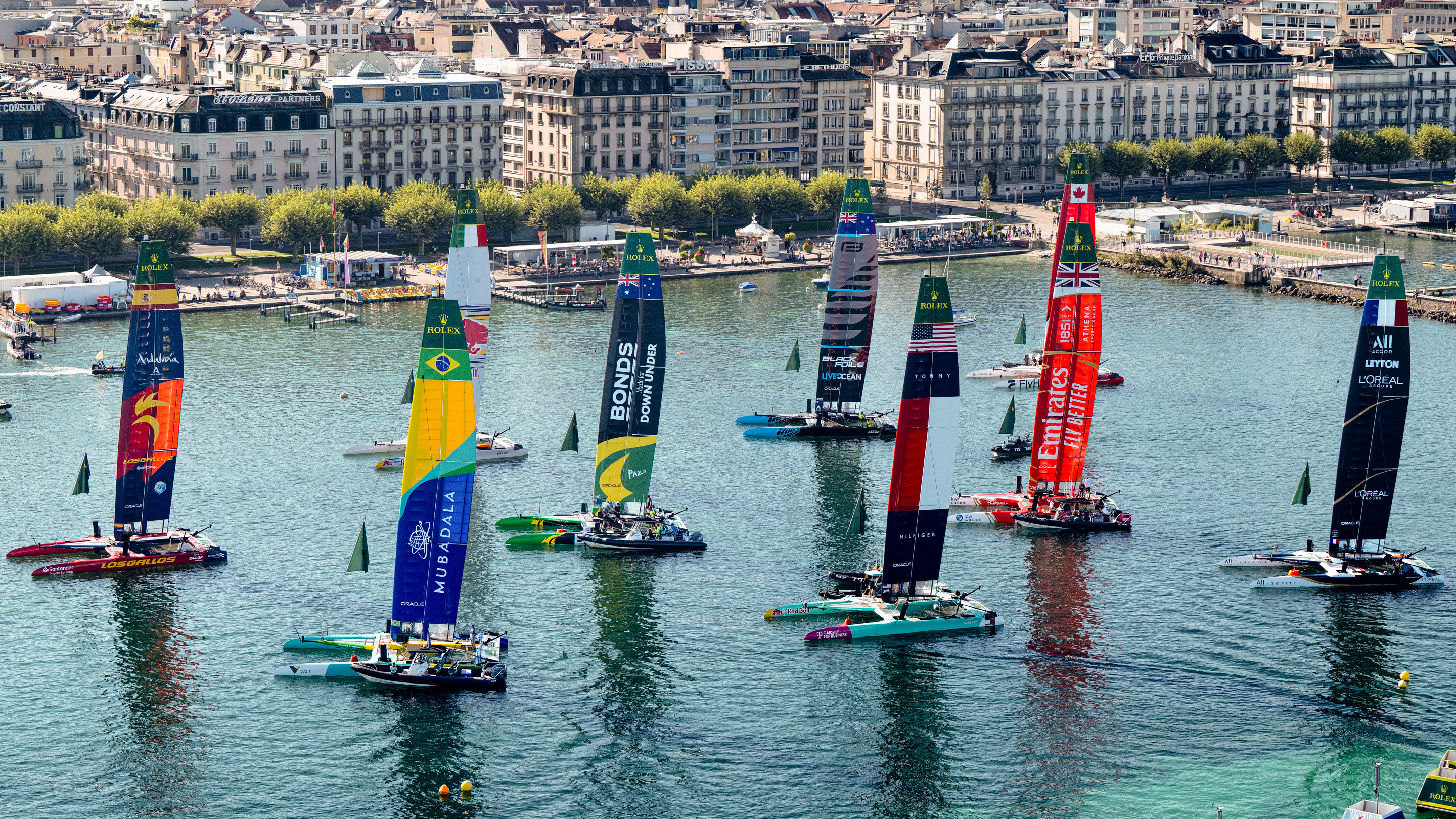
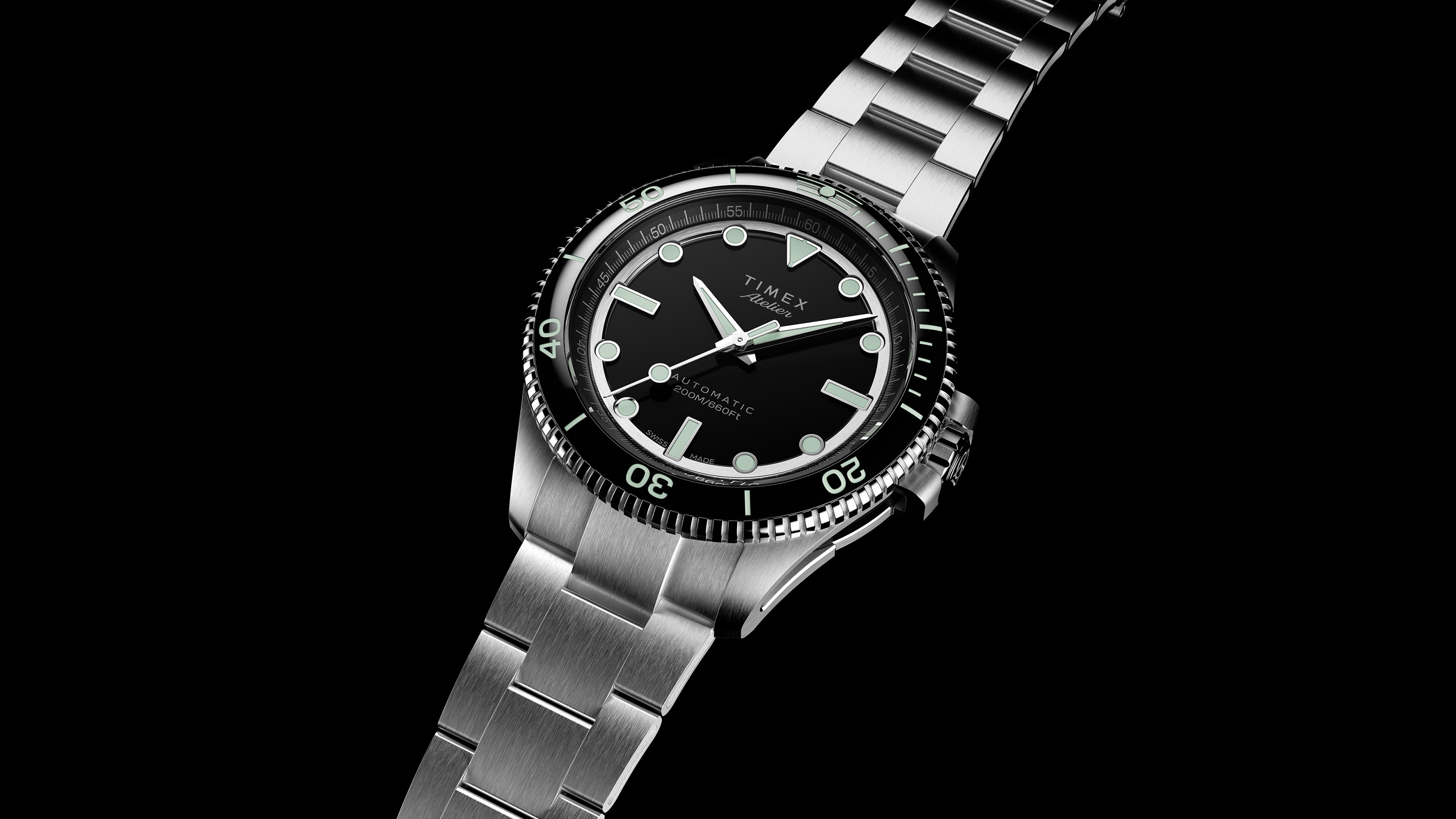
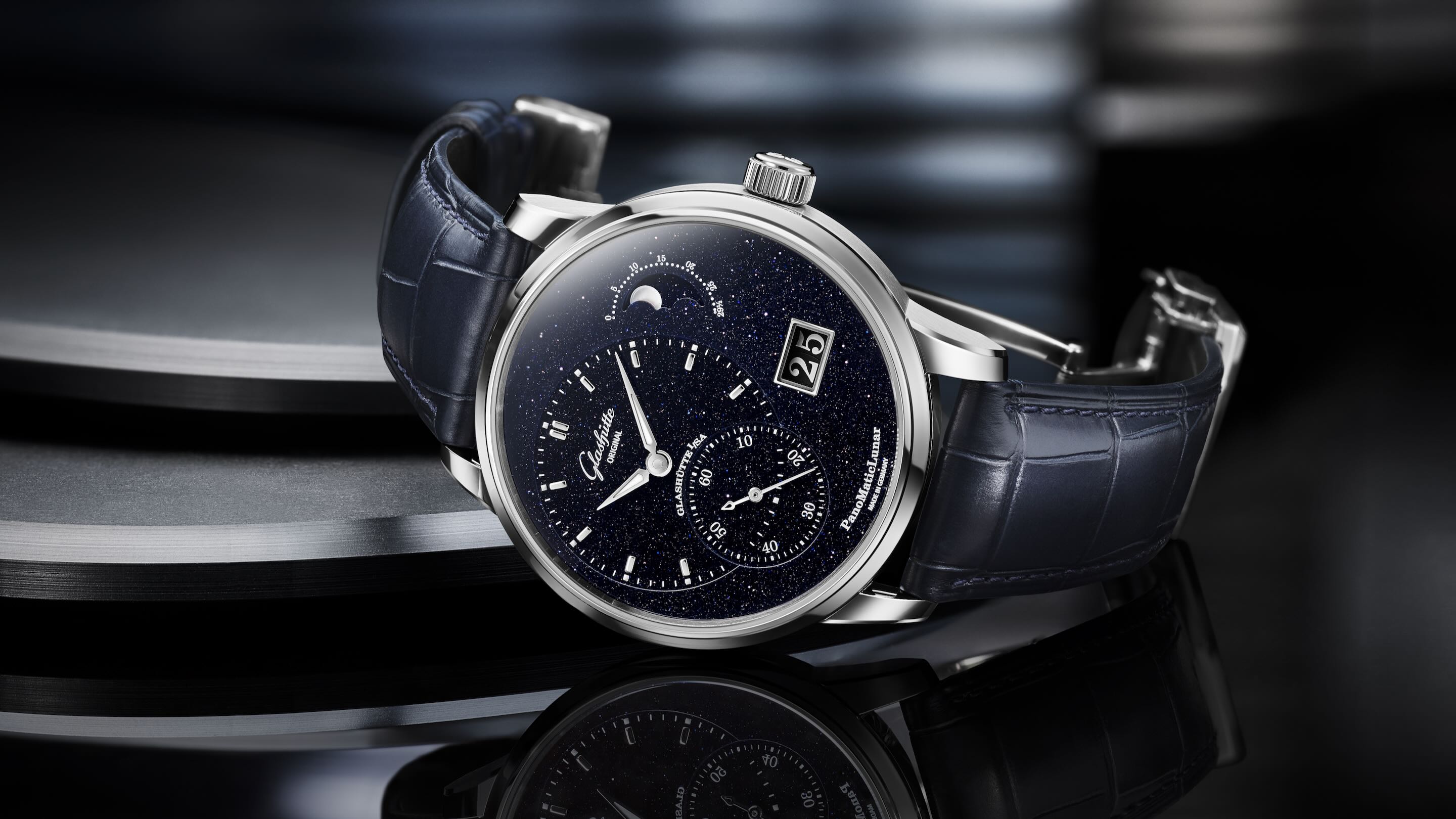



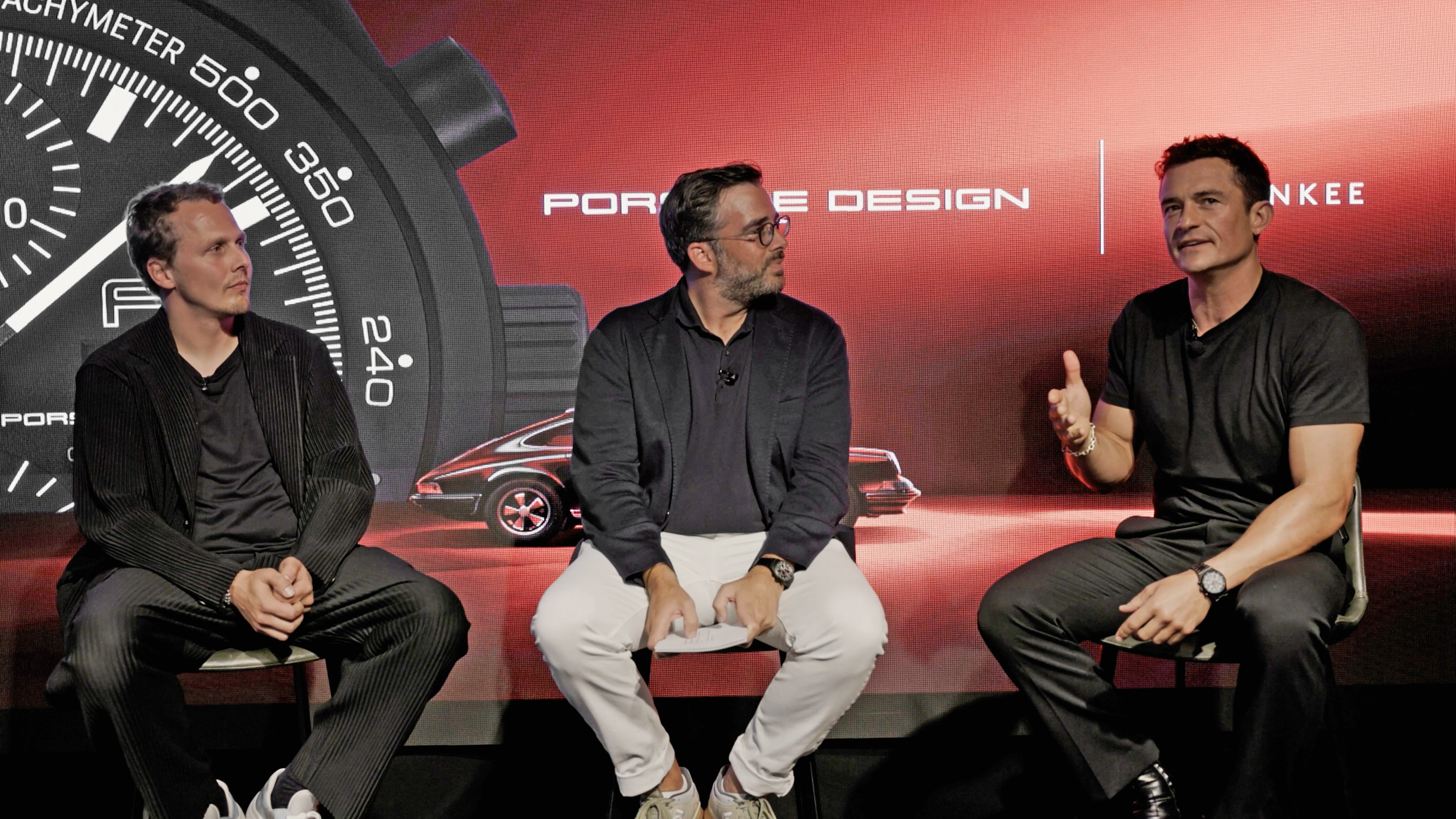
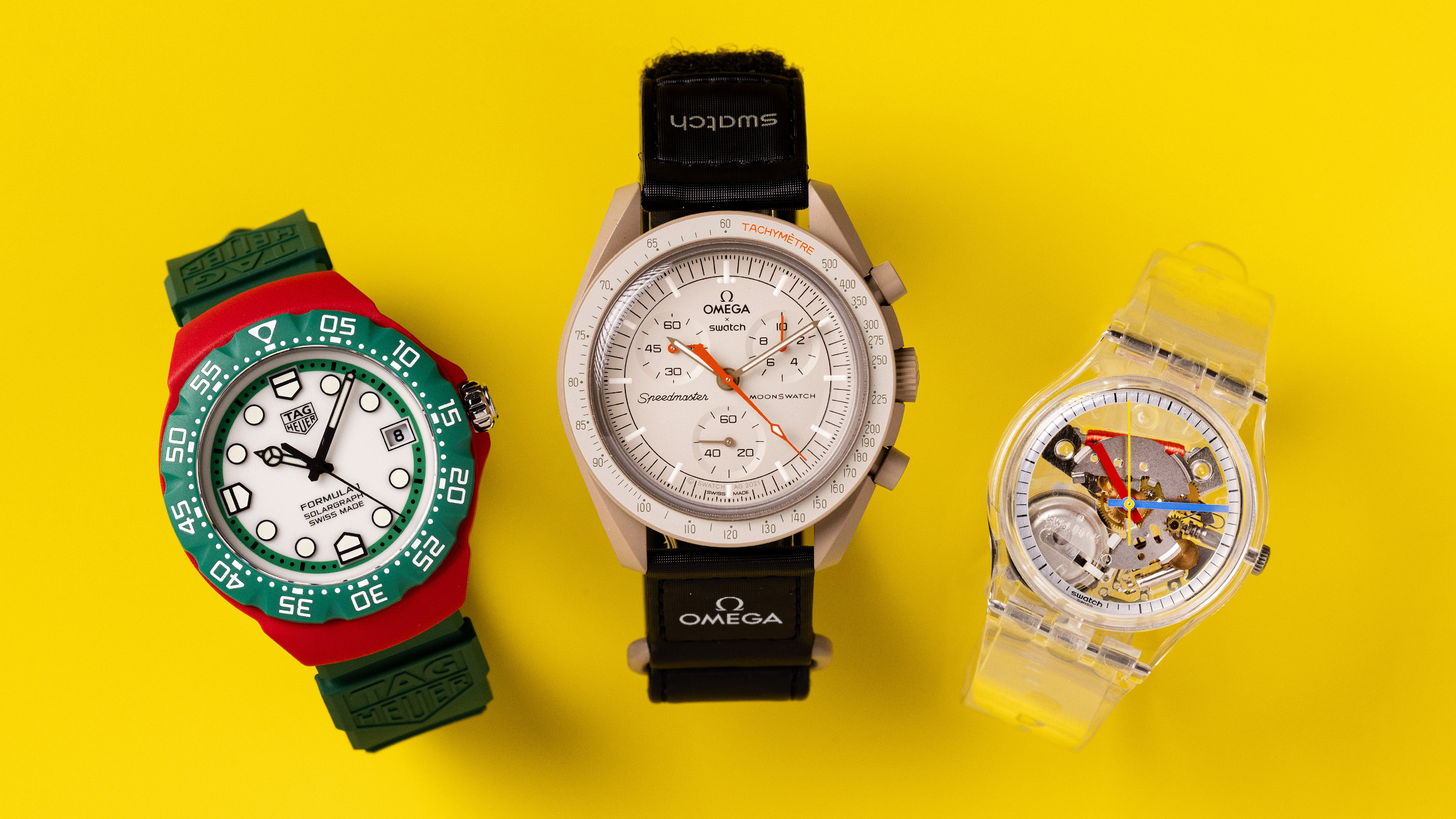
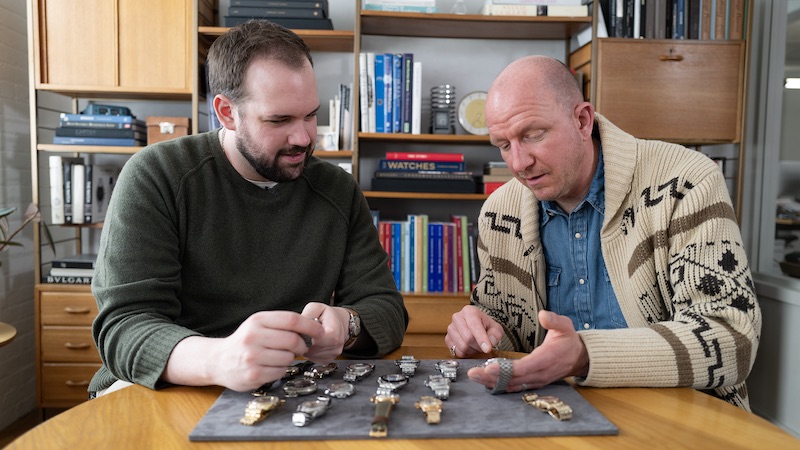

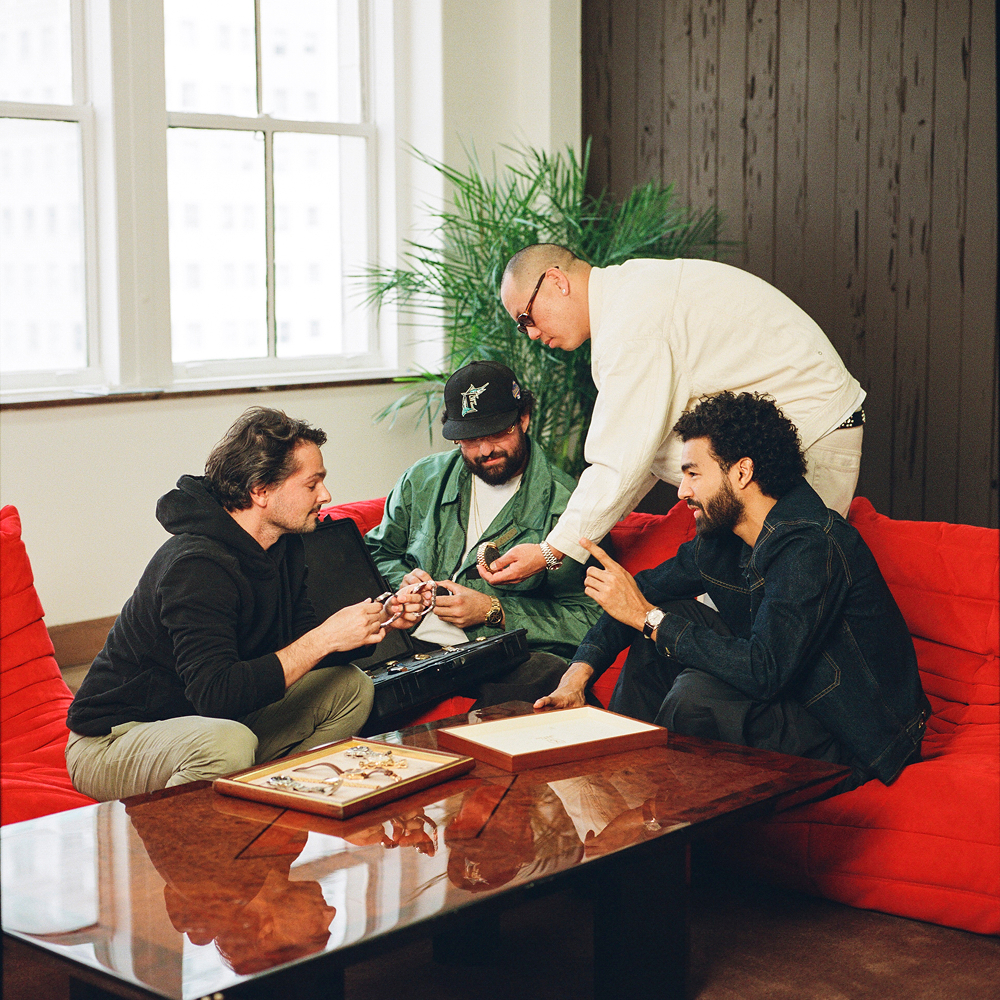
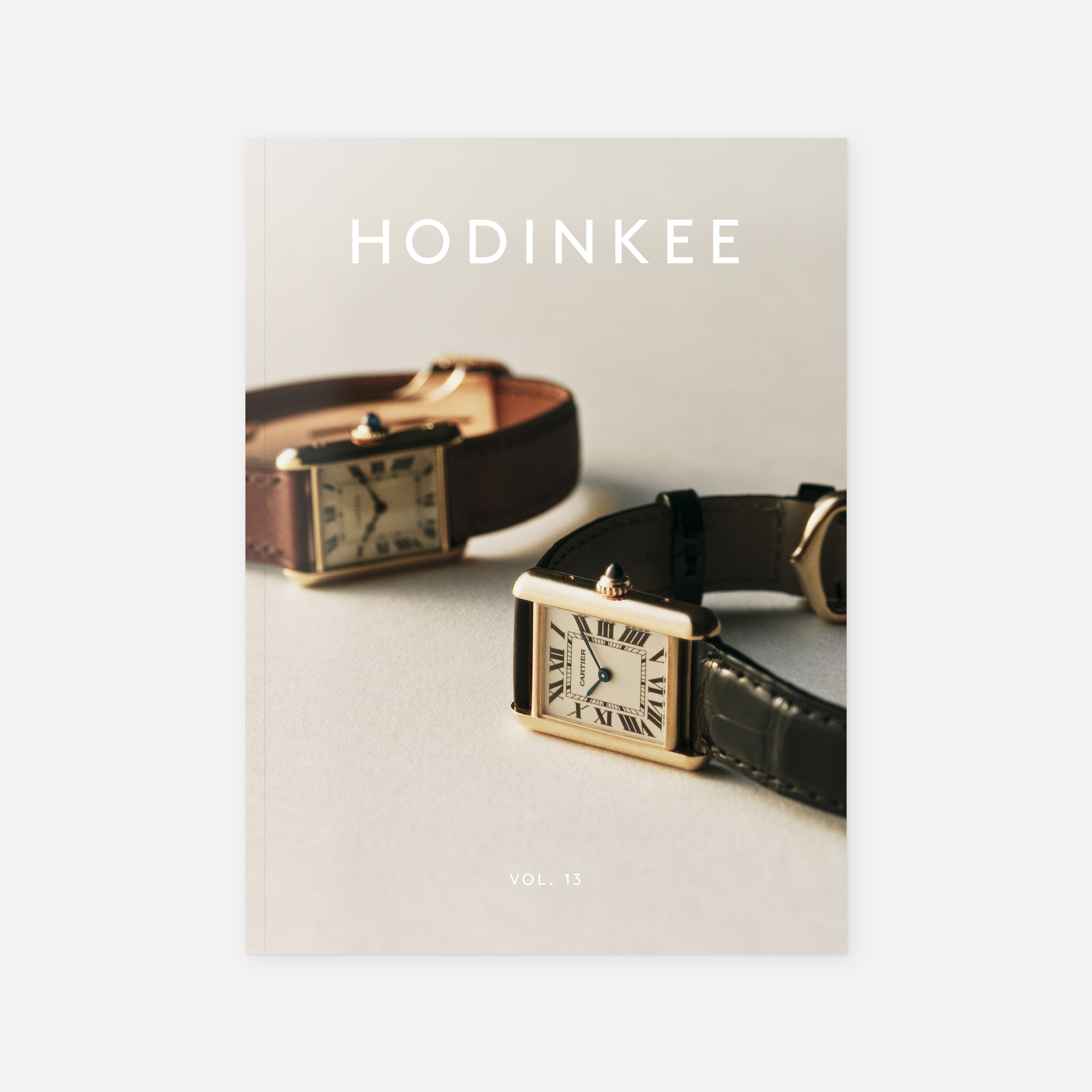

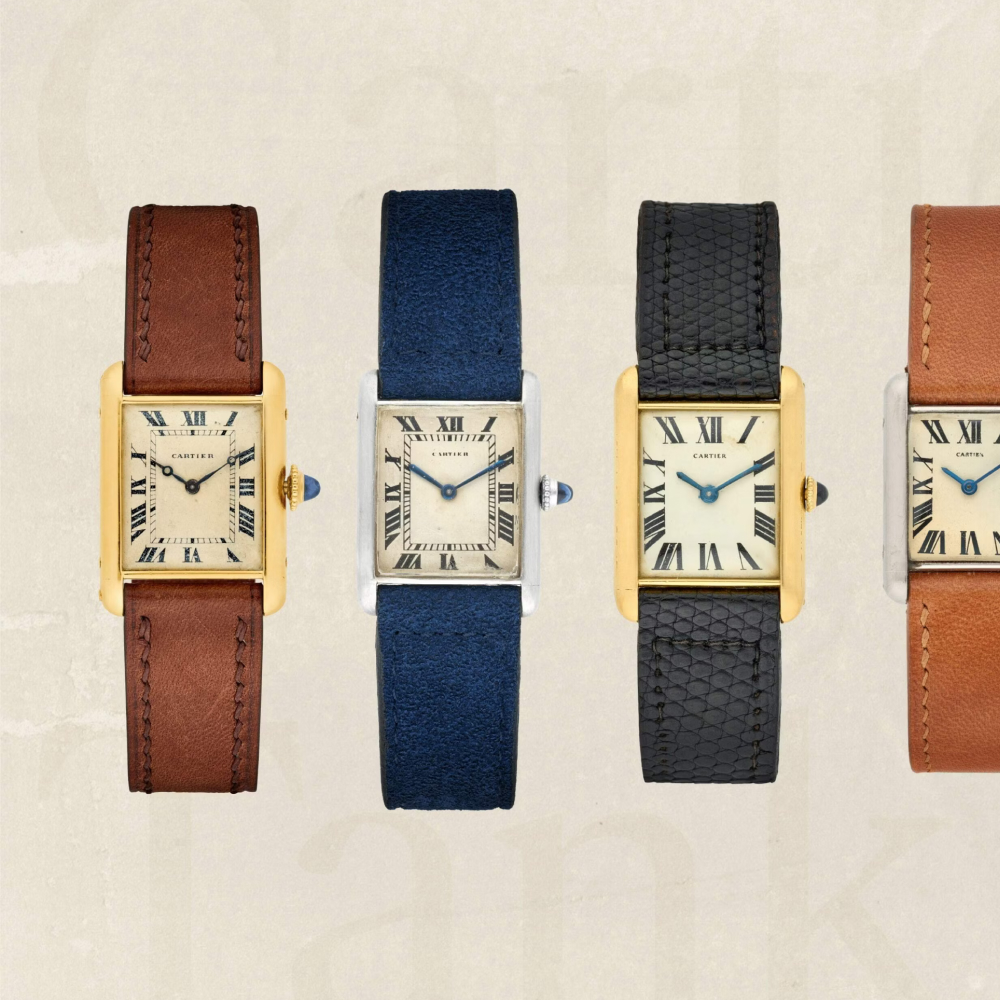






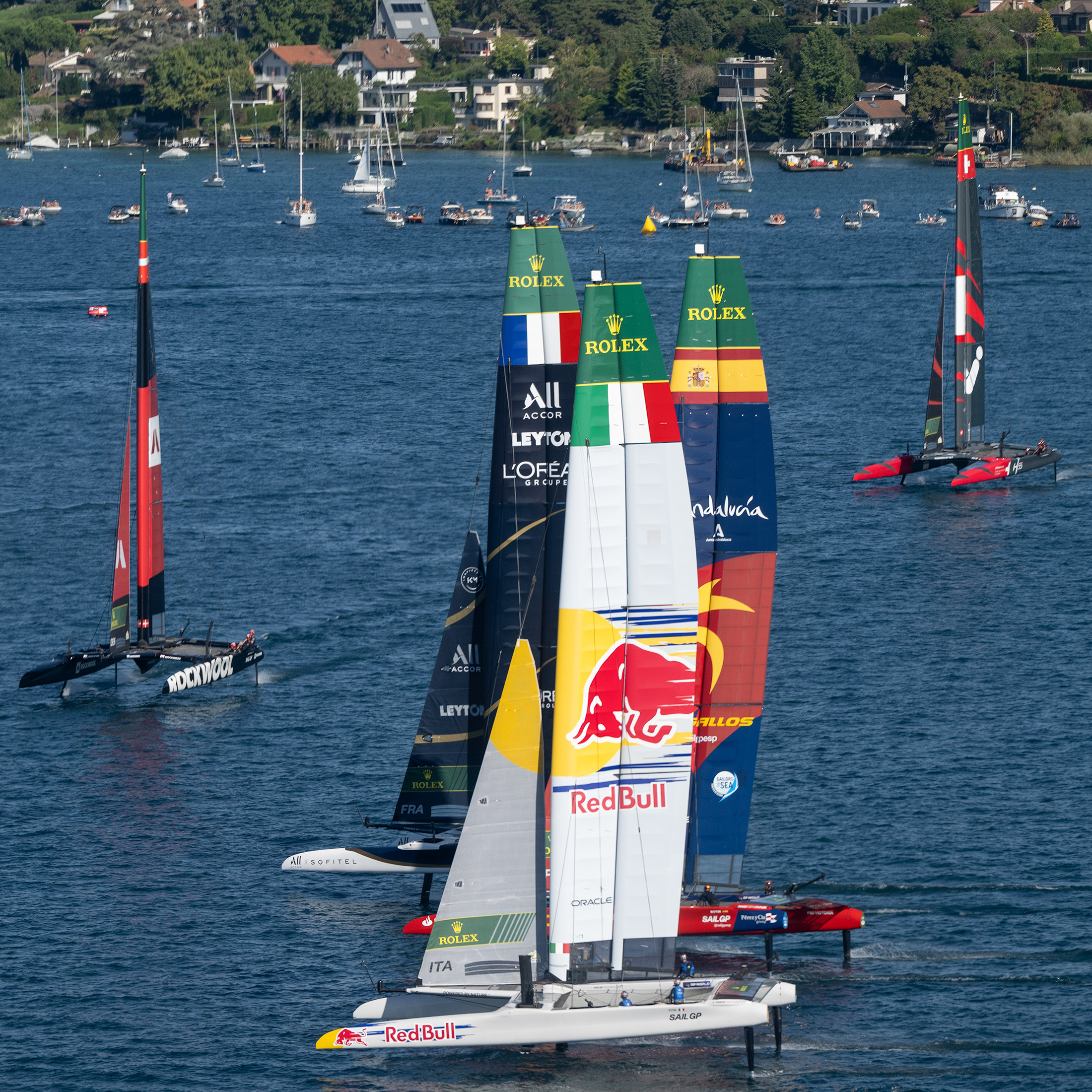
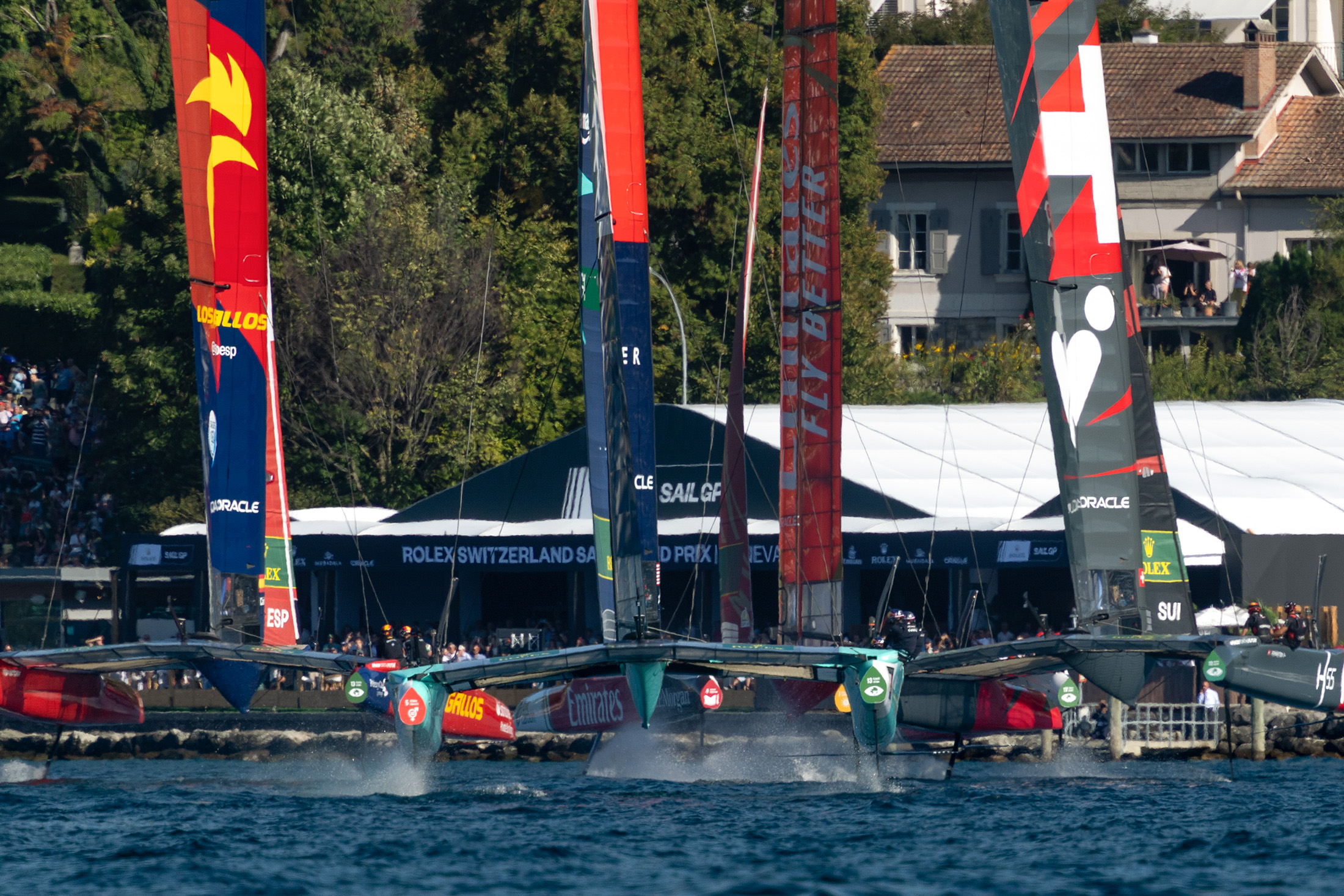
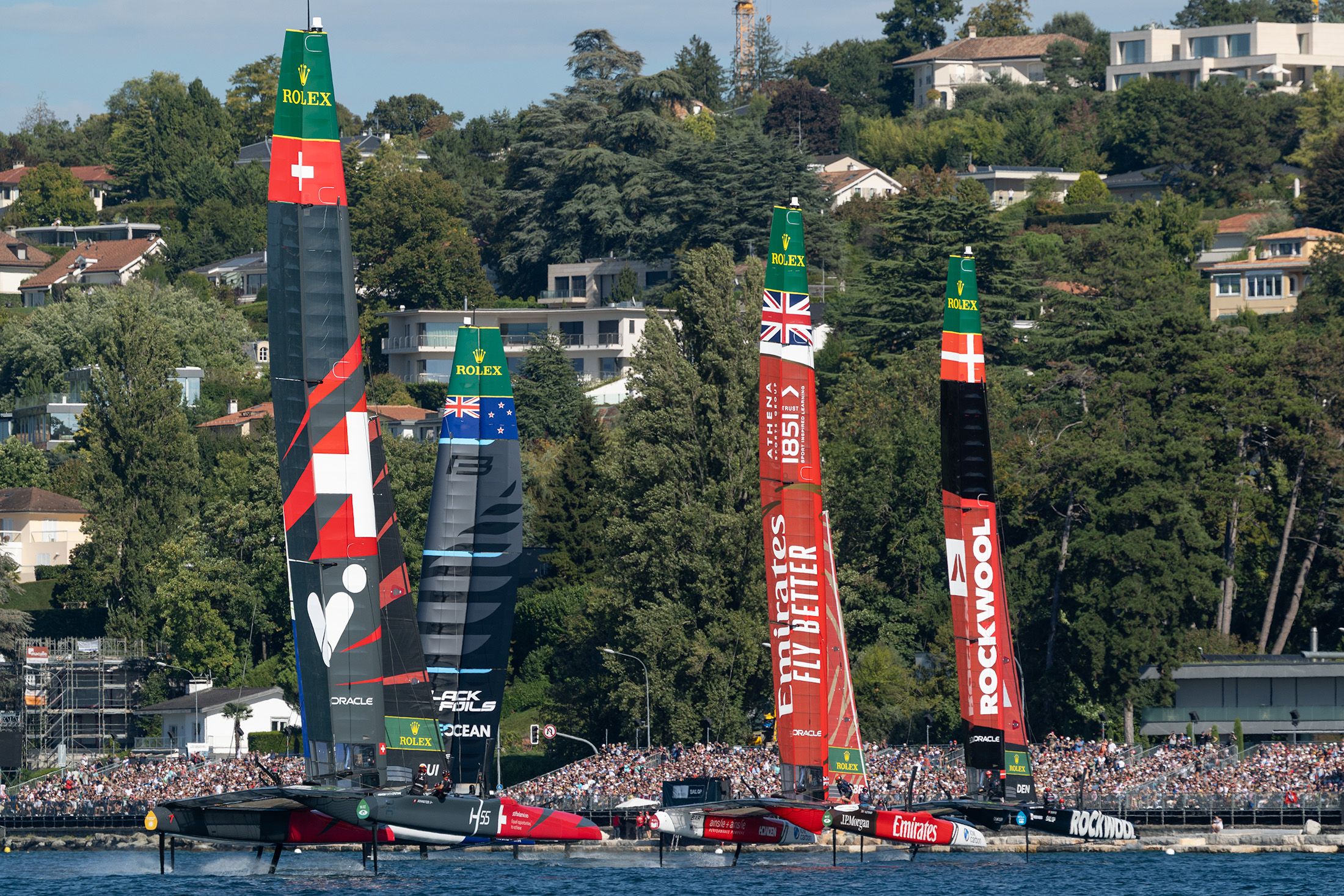
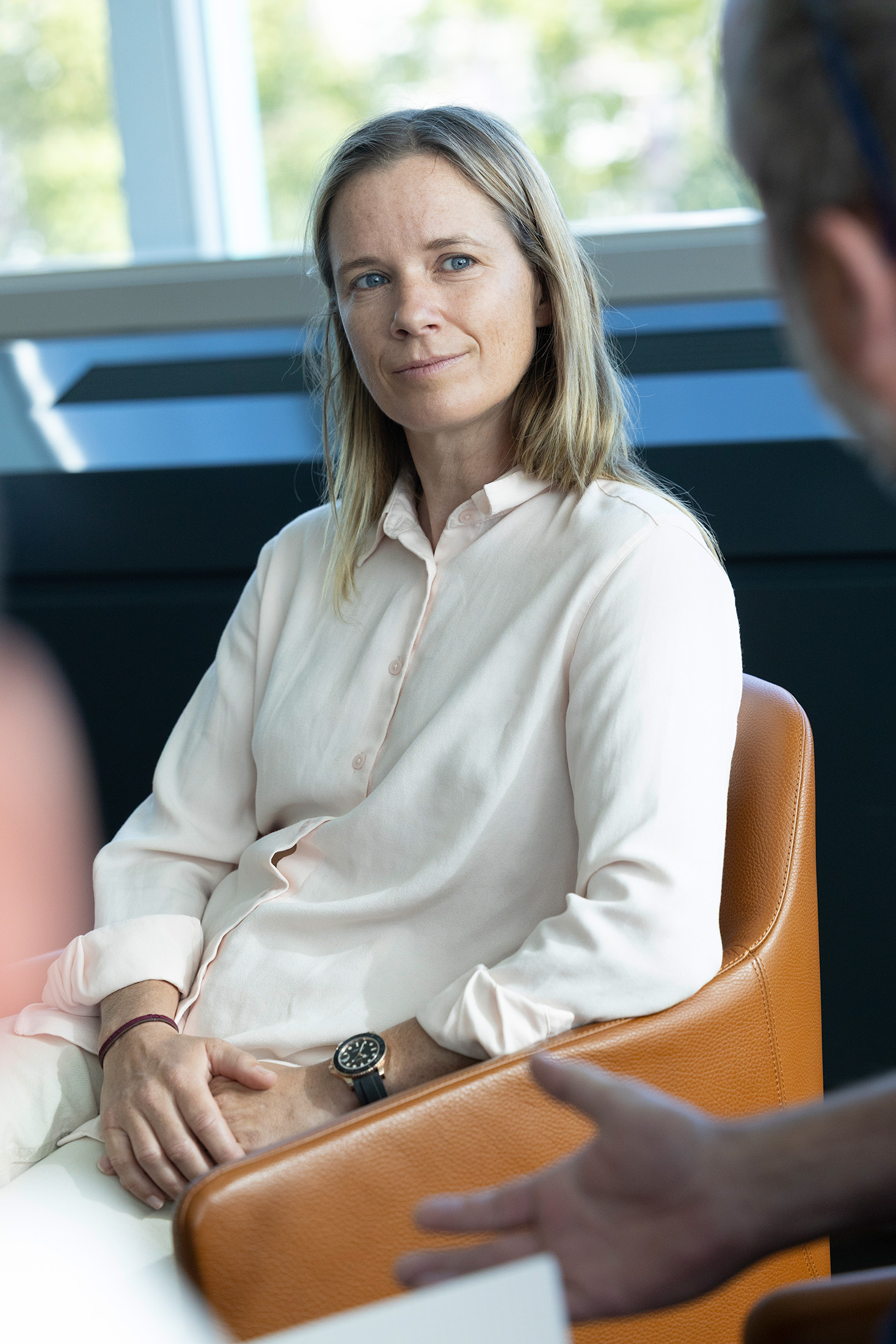
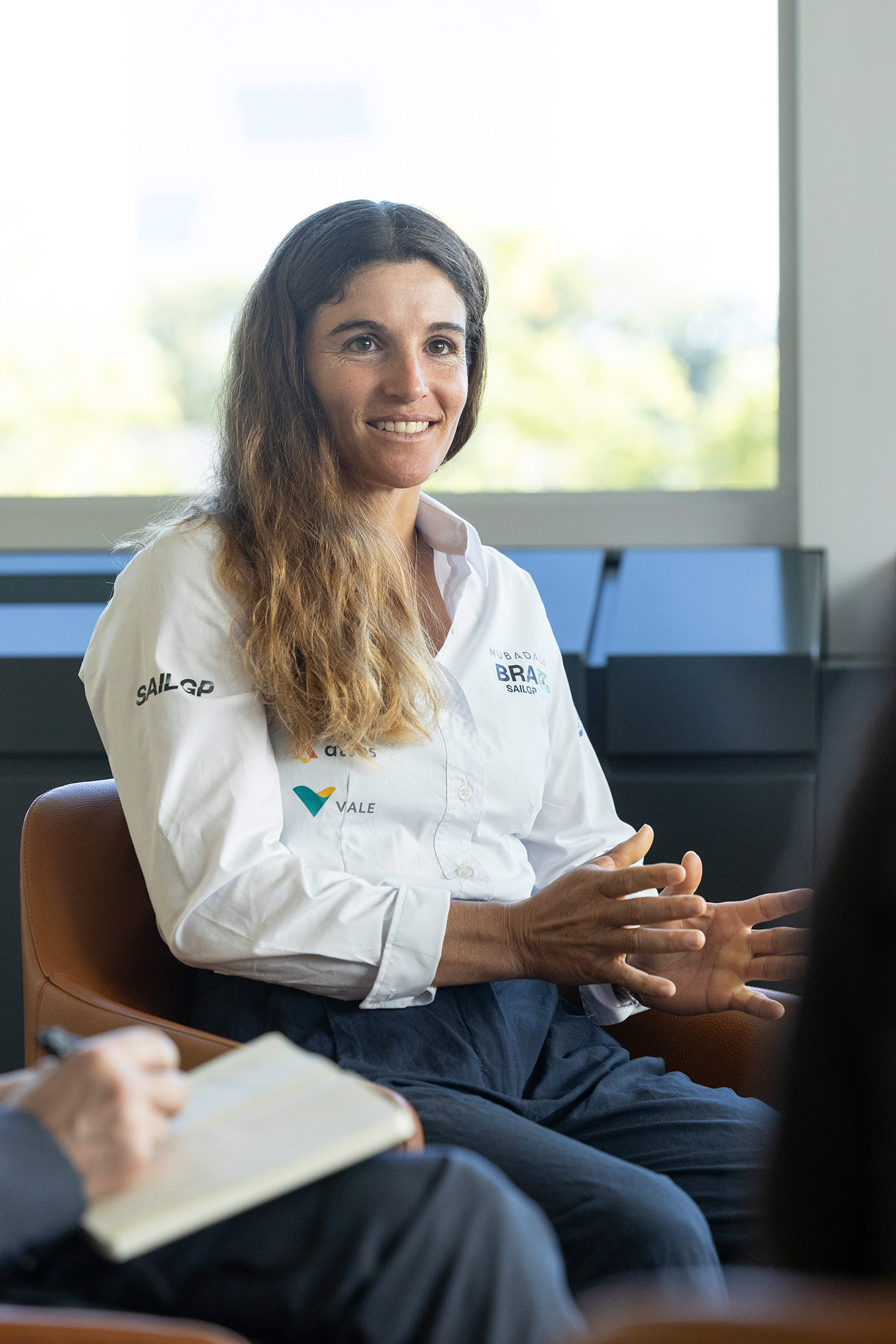
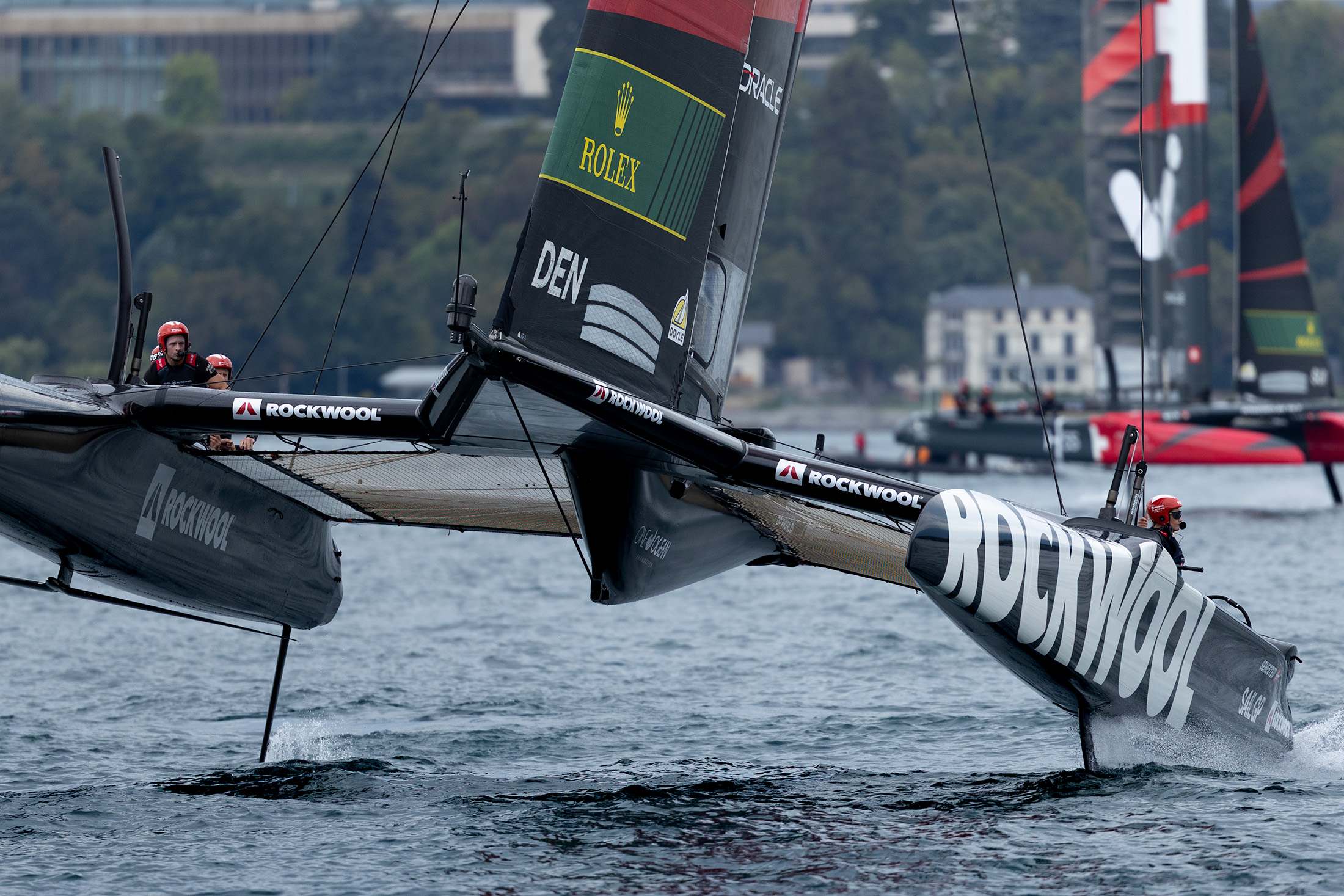
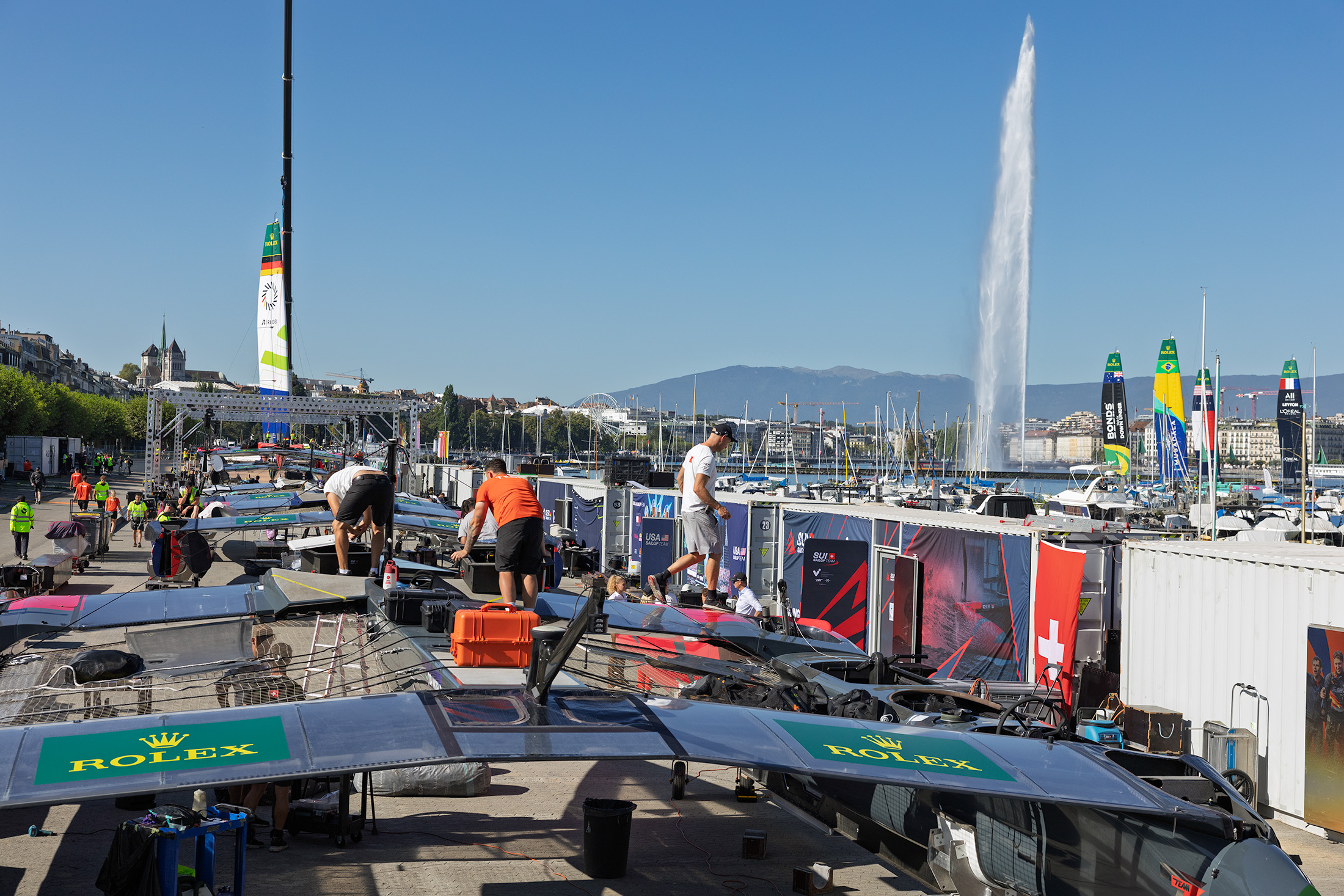

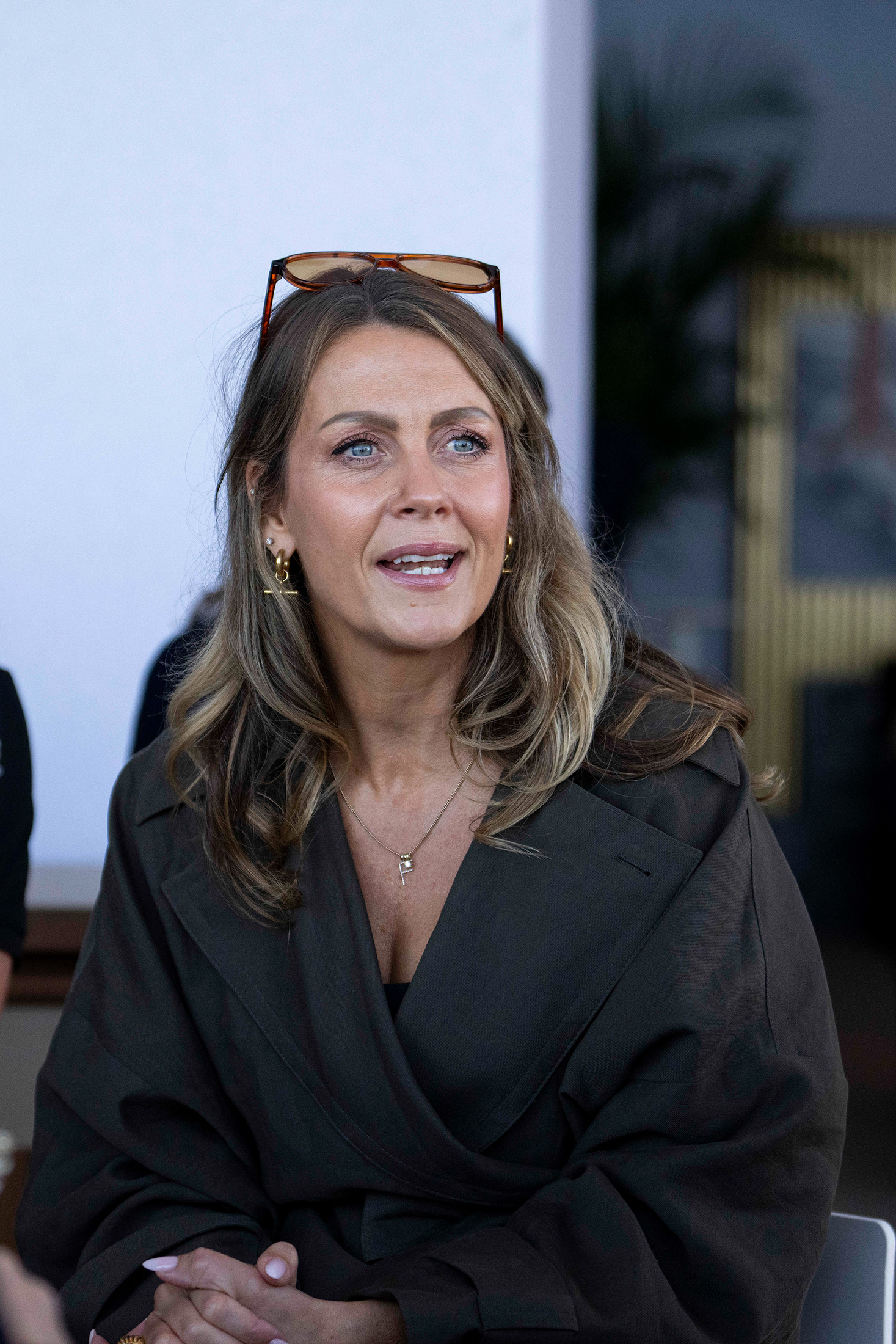
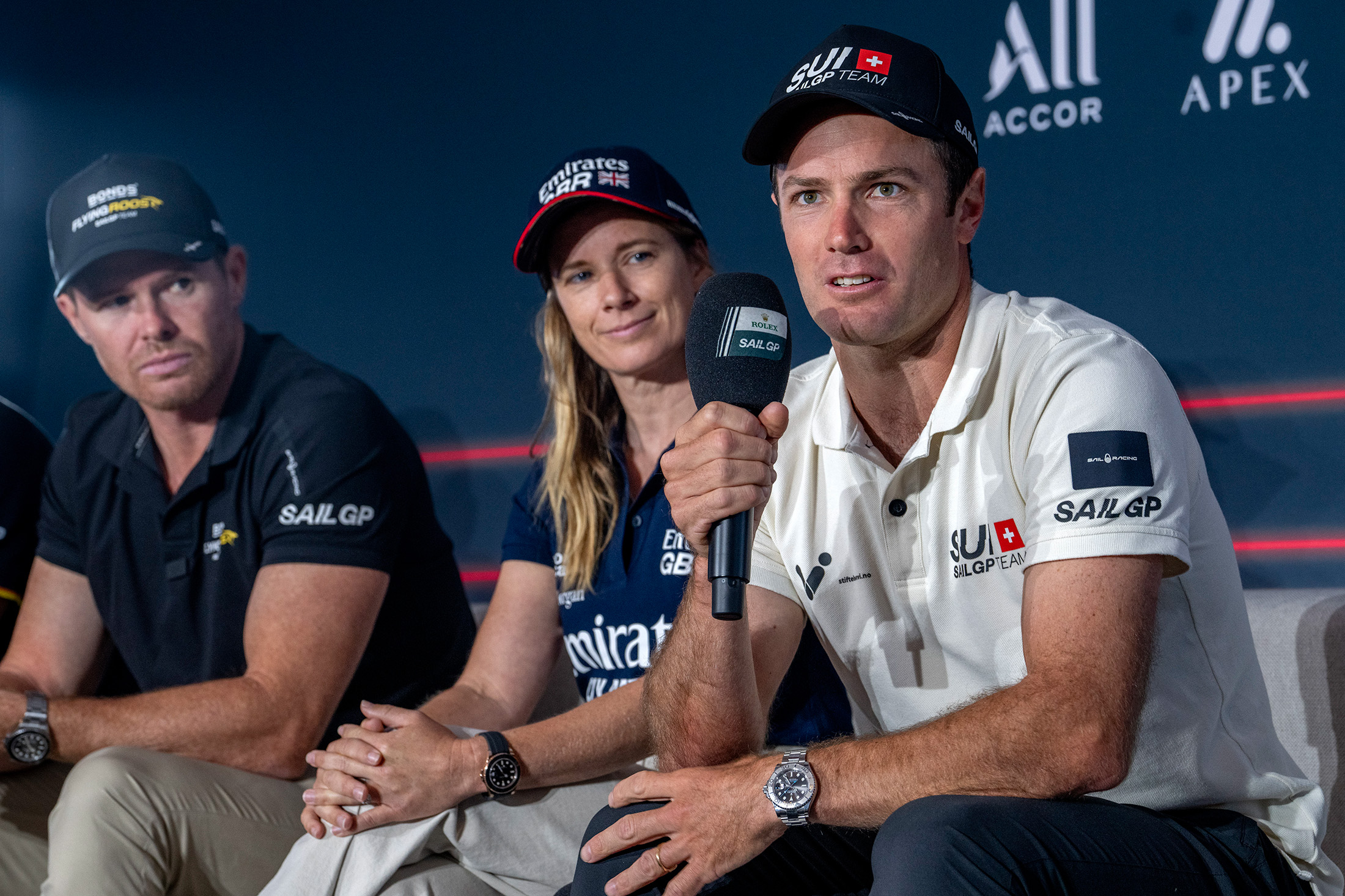
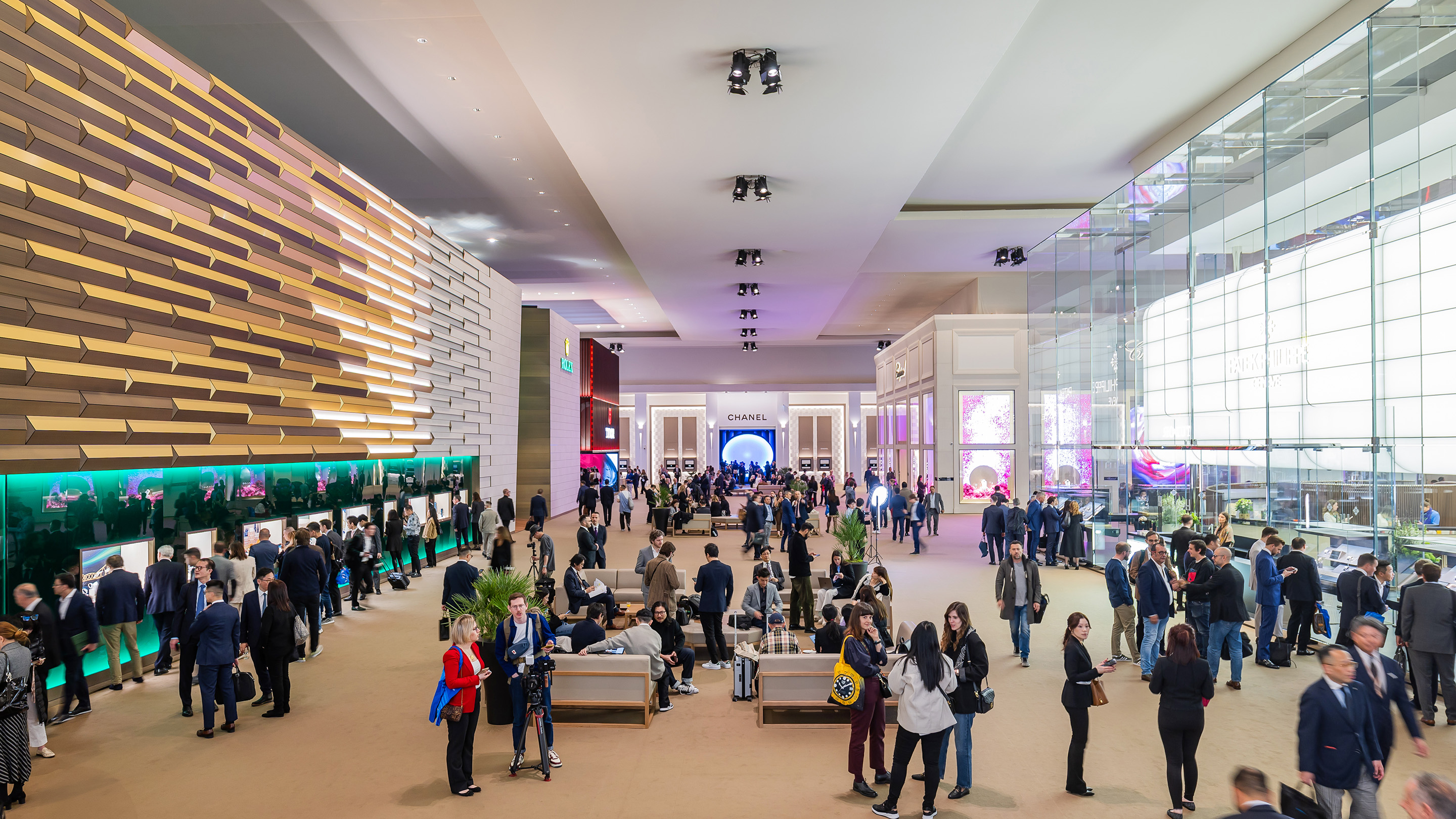


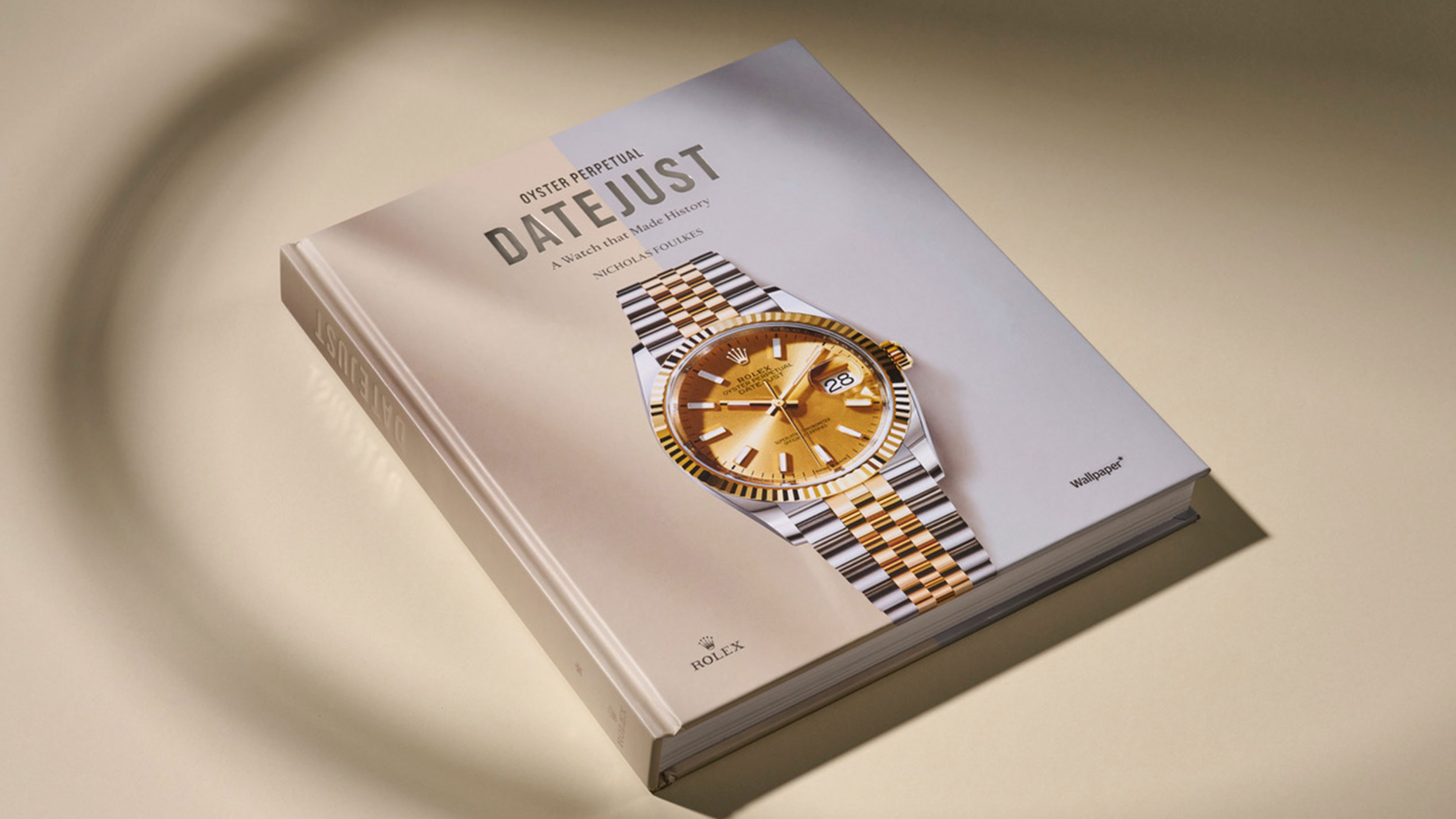
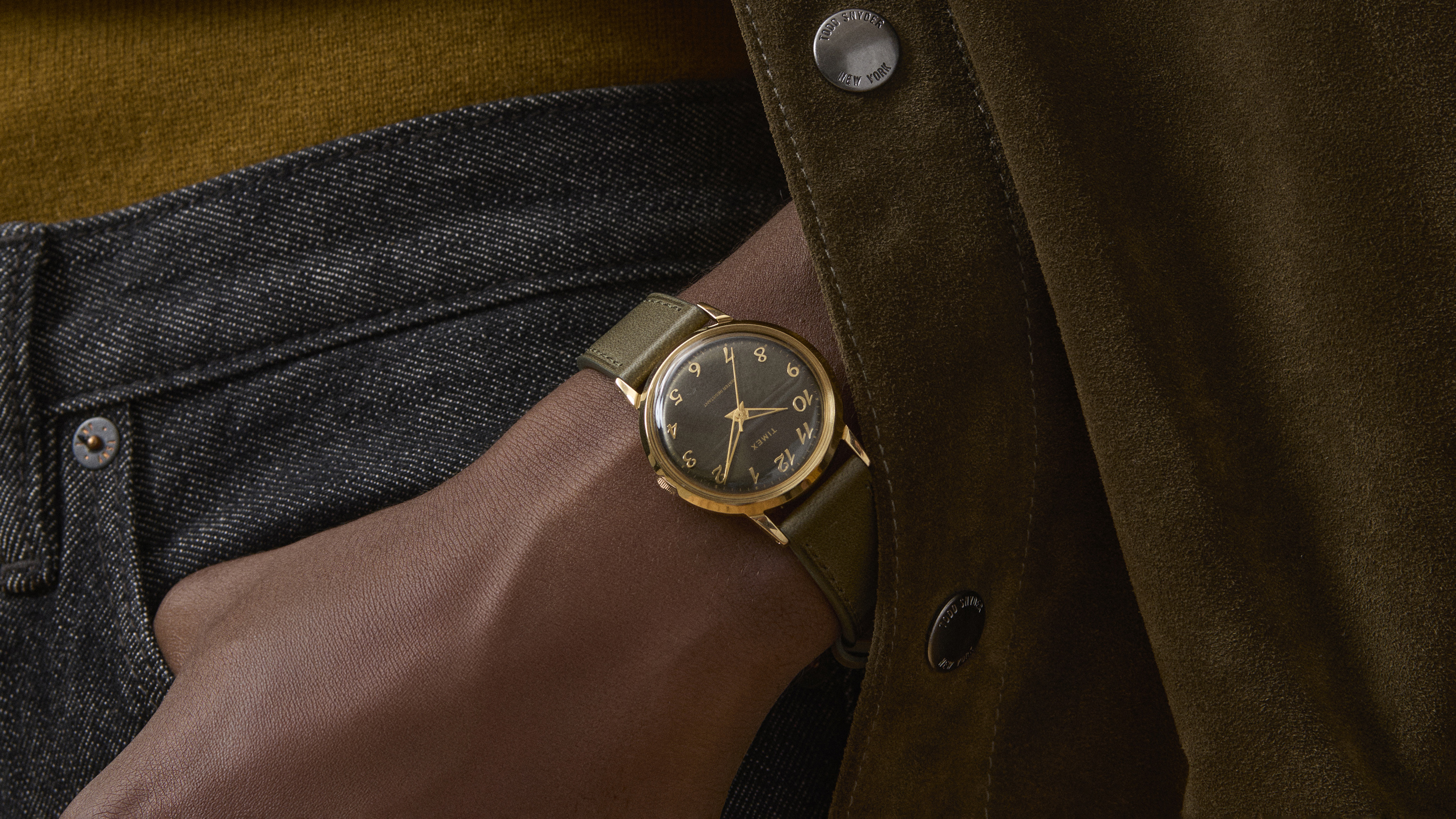
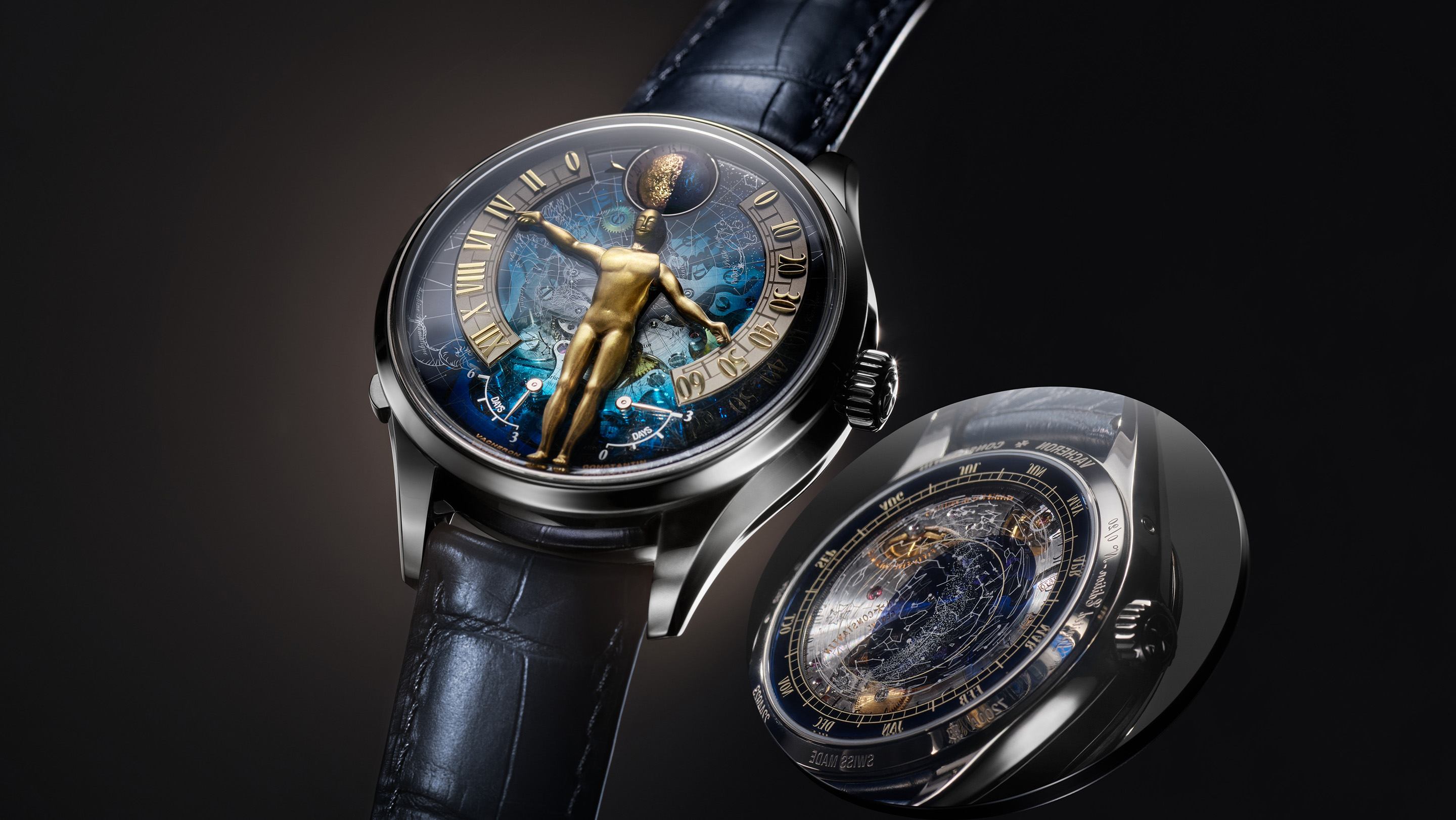
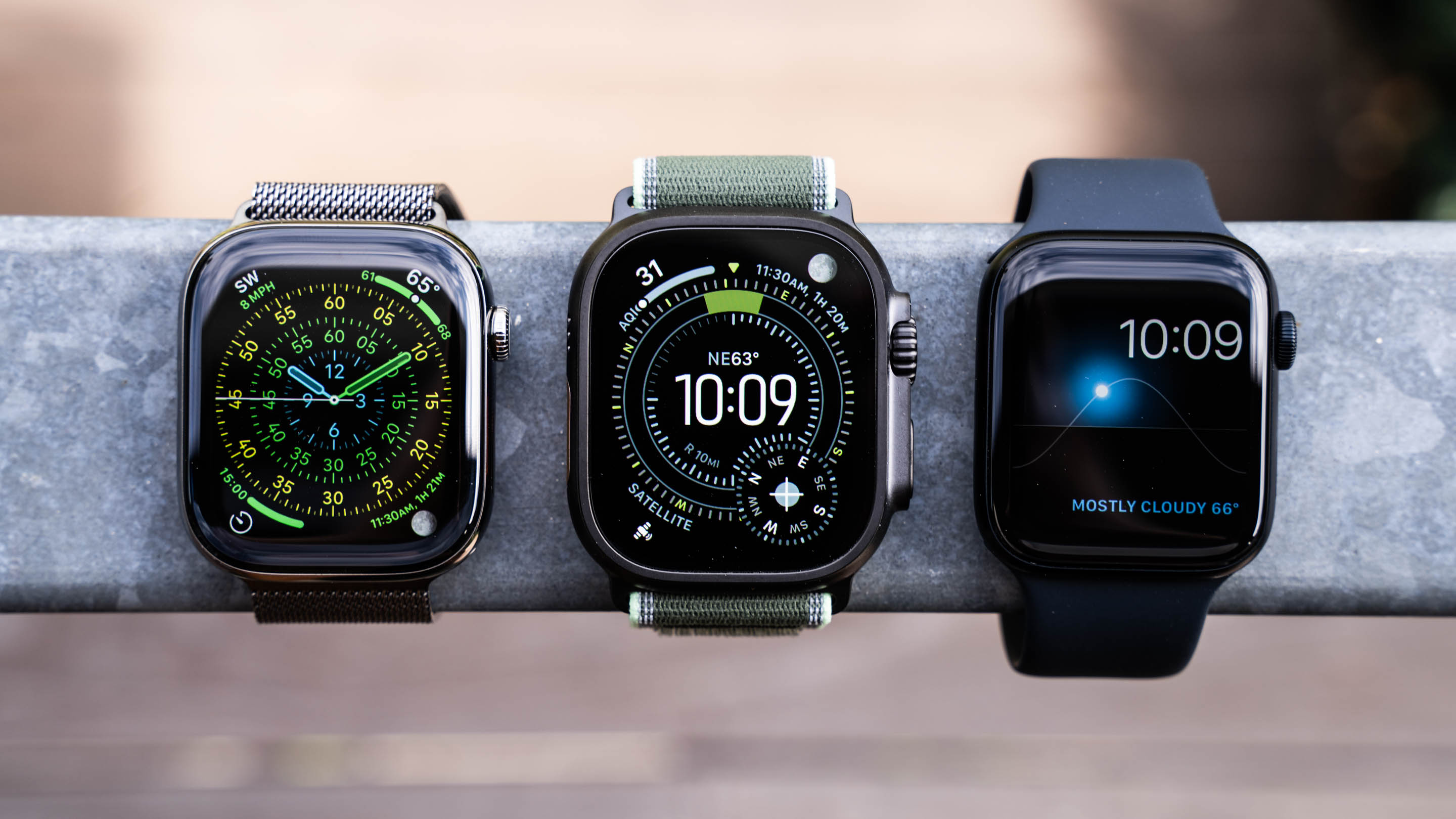
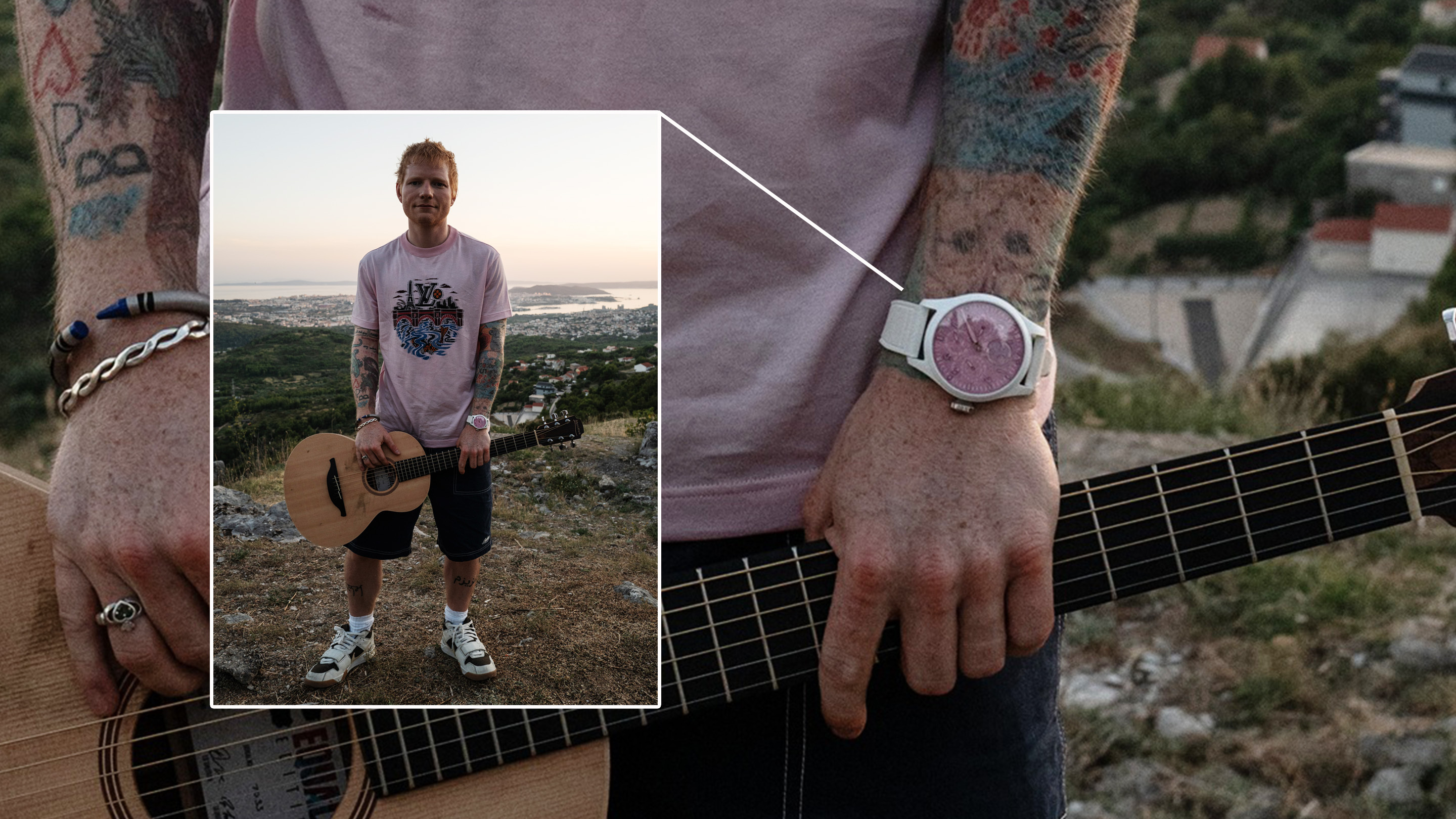
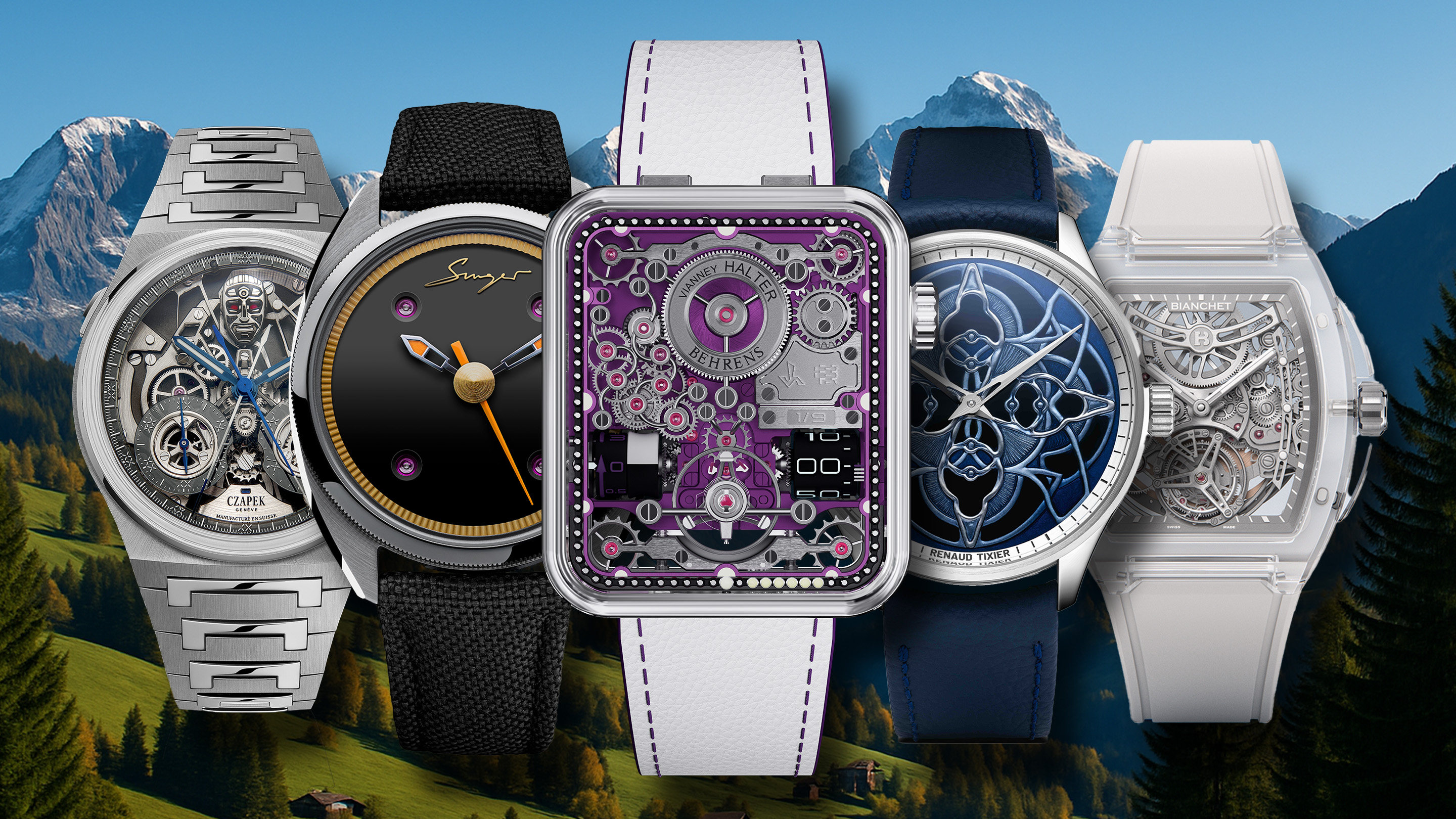
Top Discussions
Photo ReportThe 2025 Toronto Timepiece Show
IntroducingTimex Launches A New Evolution In Brand Design With The Atelier Series Marine M1a
IntroducingThe Tudor 1926 Luna Adds A Moonphase Complication To The Lineup